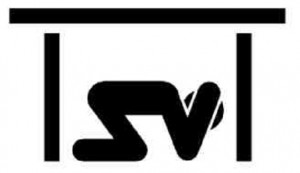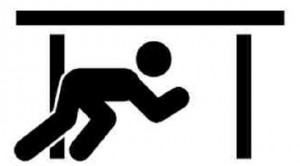(We are reposting this article to include a correction made by SIM editors)
The minimum objective, according to quake engineer Dr. Benny Pacheco, is to prevent damage to, or the collapse of, brittle structures during an earthquake and its aftershocks. Here are seven ways to do that:
1. Follow the National Structural Code
Building away from the no-build 10-kilometer strip zone is no guarantee that the quake will spare your home. According to geologists, earthquakes can still severely shake all structures within this danger zone around the West Valley Fault in certain areas of Quezon City, Marikina and Pasig. The National Structural Code of the Philippines (NSCP), which forms part and reference of the National Building Code (NBC), now requires the highest standard of design and construction in the strip zone that straddles a fault trace.
2. Reinforce your structures
Even if the construction material is heavy or massive, such as concrete hollow blocks and/or reinforced concrete, it must have enough steel bars or other strong and ductile (pliable) reinforcing materials. Upgrading existing structures is possible, although it can entail significant added cost and disrupt existing functions. As a rule of thumb, upgrading is recommended when it is estimated to cost less than 40 percent of the cost of total rebuilding.
3. Check old structures for compliance with updated building standards
For engineered structures that are 15 years or older, the owner can ask the designer and contractor to confirm that the structure has been designed and built to be at par with the current earthquake standards (last updated significantly in 2001).

Structures older than 15 years, or even newer ones that exhibit some structural cracks and/or deformations, need to be assessed by either the original engineer or an independent engineer. Moderate upgrading may be sufficient to bring them up to current standard.
For low-budget structures or dwellings made of concrete hollow blocks, inexpensive steel-wire meshes and/or primary steel reinforcing bars in the connections between major walls and floors, are recommended for upgrading.
5. Reduce the exposure of vulnerable structures.
If the structure remains vulnerable despite upgrading, another approach is to reduce its exposure: that is, lessen its use or “repurpose” it.
6. Check as well the structure’s vulnerability against fire and windstorms
Quakes remain the most sudden and therefore most life-threatening hazard among natural disasters. The strong shaking of a major earthquake can cause damage to structures within 20 to 40 seconds. But consider as well and reduce the vulnerability of structures against windstorms, fires, etc., which might become secondary risks after a quake.
7. Guard against soil liquefaction
Another earthquake-induced hazard would be soil liquefaction. Even beyond the 10-kilometer highest-intensity zone, the structure’s foundation can still be grossly deformed, although in a very gradual or slow-motion process that can still tilt or sink the structure. If the ground underneath has a sandy layer saturated with water, soil liquefaction can tilt or sink even the most rigid concrete structure. To prevent that, the structural foundation must be deep (on piles). You can also try to make the surrounding soil more dense or drain it to make it more solid. Any of these measures is costly and must be weighed against the value of the structure above.
A strong earthquake lasts for only 20 to 40 seconds, but might be followed by strong aftershocks that may recur within a few hours or a few days. Dr. Pacheco offers survival tips for worst-case scenarios:
If caught inside a building, duck under a nearby strong desk (not glass) or a strong door frame, or stay beside a strong column or solid wall (not glass).
Cover and protect your head from potential falling hazards.
Hold on to a strong column or wall to avoid falling down during a strong quake.
After the strong shaking (that lasts, at most, for one minute), evacuate the structure into an open area that has no potential falling hazards.
Because quakes are unpredictable, minimize potential falling hazards inside your home or office. Remember, even if the structure withstands strong shaking, its contents and furnishings may be thrown about and can cause injury. Freestanding or overhead fixtures and decorations must be fixed or tied to the walls, with connections that are strong in proportion to the weight (or the mass) of each item. Doing this can save lives particularly during earthquakes that happen at night when people may be lying in bed and/or the place is dark.
If inside a strong building, wait for the strong shaking to subside before evacuating using the stairs (not the elevator) and out into an open area with no potential falling hazards.
If out on the streets, stop, cover your head, and beware of potential falling hazards. If near a structure and there is no time to get away, hold on to a strong column or wall (not glass) while covering your head; after the one-minute or so of strong shaking, evacuate to a more open space without potential falling hazards.
If out on a steep slope, stop, cover your head and beware of potential falling hazards; hold on to any nearby tree. After the one minute or so of strong shaking, evacuate to higher ground.
If on or near a beach, beware of potential tsunami. When the shaking subsides, evacuate inland and/or to higher elevation, or inside a strong and heavy structure.


